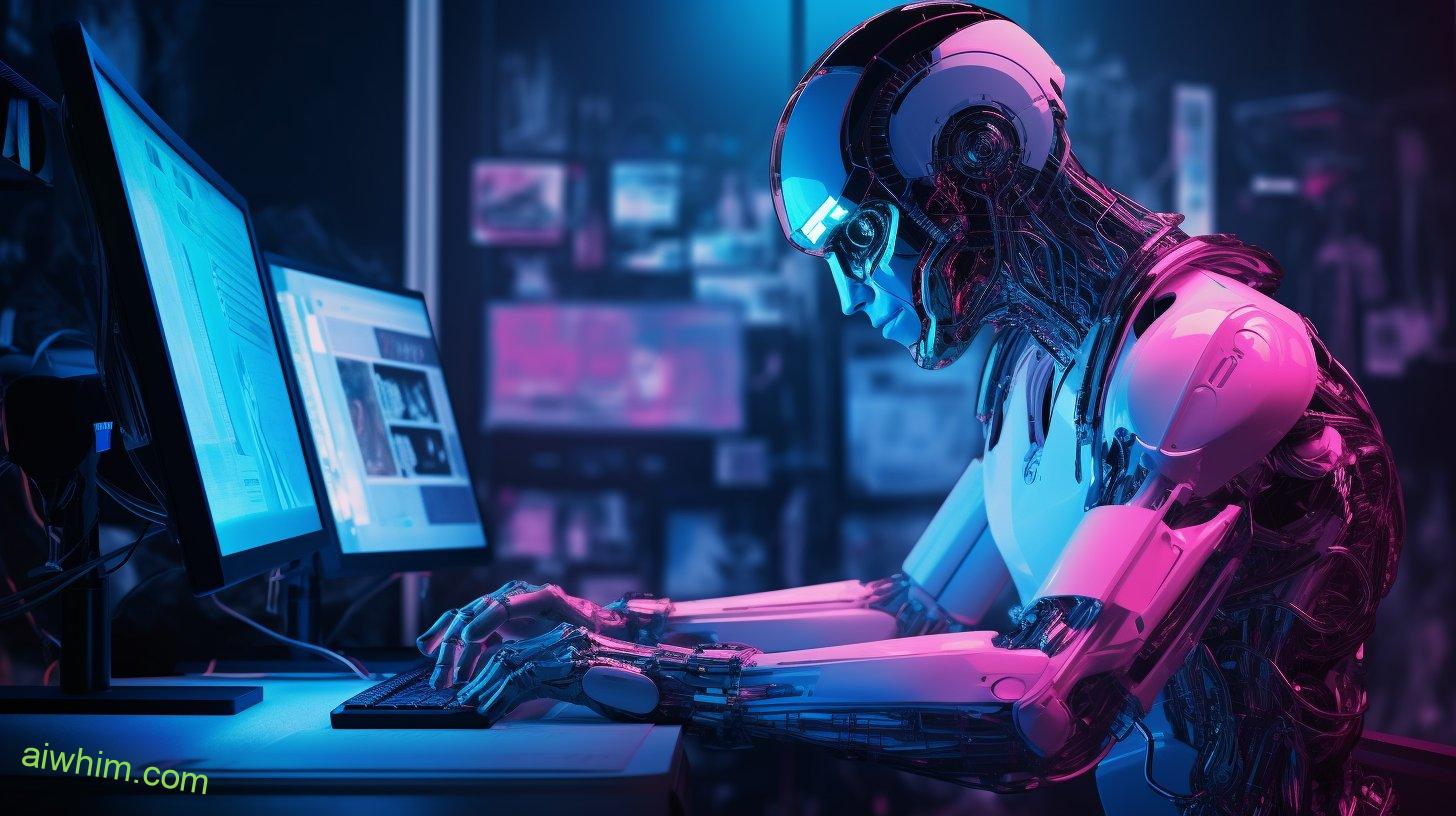The sun is setting on the age of manual data entry. As chatbots and Artificial Intelligence (AI) become more sophisticated, they are taking over roles traditionally held by humans like data entry clerks. But what does that mean for those who have performed this job? Will it be replaced completely or will there still be a need for human input? Is there really a risk that chatbots and AI could replace the role of data entry clerk entirely? In this article we’ll explore these questions in detail to understand what the future holds for those currently employed as data entry clerks.
Definition Of AI And Chatbots
AI, or artificial intelligence, is a technology that enables machines to learn from experience and complete tasks without being explicitly programmed. AI systems use machine learning algorithms to analyze data and identify patterns in order to make decisions. Chatbots are computer programs designed to simulate human conversations using natural language processing (NLP). They can understand voice commands and respond with appropriate answers.
Chatbots and AI have been used in various industries for many years, but their potential as replacements for manual labor is only beginning to be explored. While chatbots cannot replace humans completely yet, they do offer a wide range of benefits such as cost savings, enhanced customer service, improved accuracy, faster response times and higher efficiency levels. As the technology continues to advance, there will likely be more opportunities for bots and AI systems to take on roles traditionally held by people. That said, it’s important to remember that while automation has its advantages, it should never supersede the value of thoughtful decision-making by humans.

Automation In The Workplace
The advancements in AI and chatbots have sparked conversations about automation in the workplace. As technology continues to improve, many people are concerned that their jobs may be replaced by machines. This is especially true for data entry clerks who rely heavily on accuracy and speed when entering information into databases or systems. Automation of this kind can leave workers feeling vulnerable, uncertain of their job security and wondering if they will end up being replaced by a machine.
However, while automation has become more prevalent, it’s important to remember that human labor still plays an important role in many industries. Machines cannot replicate the creativity, problem-solving skills, or social interaction humans bring to the table; these qualities are essential components of any successful business. Furthermore, with technological advances come new opportunities for workers to learn new skills and adapt to changing environments – something machines simply cannot do. Ultimately, as long as businesses continue to recognize the value of human labor alongside automated processes, workers should not worry too much about being replaced by robots anytime soon.
Benefits Of AI And Chatbots For Data Entry Jobs
The use of AI automation and chatbot technology in data entry jobs is increasing as businesses seek out cost savings and efficiency. This means that the role of a traditional data entry clerk may be replaced by automated systems. However, there are many advantages for companies to using AI-powered tools in their operations, including reduced labor costs, improved accuracy and speed when compared to manual processes.
Chatbots can also provide an increased level of customer service while reducing the amount of human resources required. By automating tasks such as collecting customer information or ordering products online, businesses can reduce manpower needed to complete these mundane activities. Additionally, AI automation can help with predictive analytics, eliminating errors due to incorrect data inputs which would otherwise lead to wasted time and resources.
AI and chatbot technology offer numerous benefits for businesses looking to streamline their operations without sacrificing quality results. With this technology, companies can save money on labor costs while improving efficiency across all departments involved in data entry jobs. Furthermore, AI automation has been proven to increase accuracy levels and reduce processing times significantly when compared with manual methods.
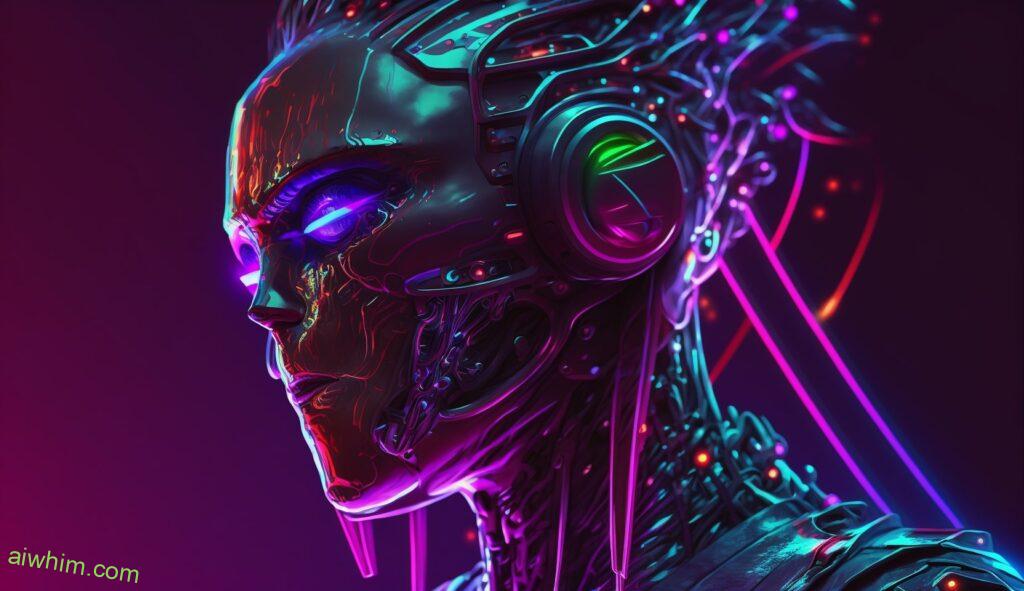
Challenges For Human Data Entry Clerks
Data entry clerks face a number of challenges as automation and AI technology become more advanced. There is the potential for their jobs to be replaced by machines, requiring them to reskill in order to remain competitive in the workforce. Here are some of the main factors they must consider:
- Automation Challenges: As automated systems replace human labor, data entry clerks must find ways to stay ahead of these changes through additional training or certification programs.
- Technical Skills: Data entry clerks must keep up with new software and hardware developments in order to successfully perform their job duties.
- Regulatory Restrictions: Compliance regulations can present significant obstacles for data entry employees who need to adhere closely to various guidelines when entering information into databases and other systems.
- Quality Control: Machines may not be able to replicate the accuracy that humans currently provide when it comes to inputting sensitive data such as personal financial information.
- Reskilling Opportunities: Data entry workers should actively seek out opportunities for professional development so they can learn new skills related to emerging technologies.
The future of data entry looks uncertain, but one thing remains clear—humans will still play an important role in providing quality control and ensuring compliance with regulatory restrictions. To prepare themselves for the ever-changing landscape of automation and AI, data entry clerks must take advantage of reskilling opportunities while refining existing technical abilities.

Technical Skills Needed To Operate AI And Chatbots
It’s clear that the thought of AI and chatbot technology replacing humans in data entry is a scary one! But, while it may seem like these technologies are going to completely take over data entry jobs, there are still some technical skills needed for operating them. To be able to operate AI and chatbot technology proficiently, you need knowledge about computer hardware, software applications, operating systems, programming languages and data management.
You will also need an understanding of different development tools such as APIs (application programming interfaces) which allow you to integrate other databases into the system or create your own custom components. It’s important to have a good grasp on how networks function so you can troubleshoot any issues with connectivity between various devices. Finally, having experience using scripting languages like JavaScript and Python will help you write code quickly and efficiently when developing new features or managing existing ones.
Although many people think that AI and chatbots could eventually replace all professionals in the world of data entry, this isn’t actually true – there are certain technical skills required to effectively use the technology for maximum efficiency. Having the right skillset gives you a chance to stay ahead of the competition by leveraging these powerful tools correctly.
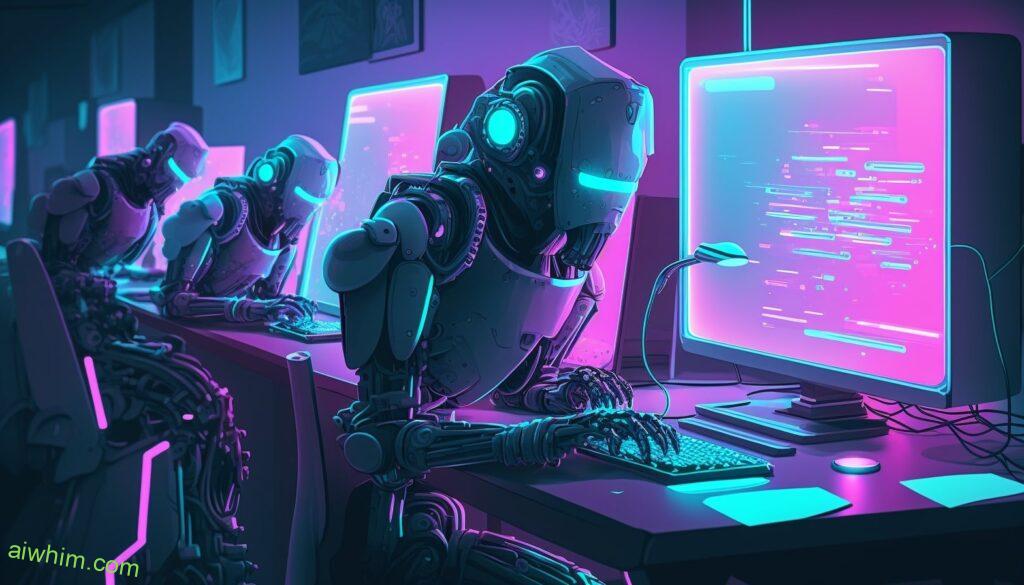
Potential Impact On Employment Levels
The potential impact of chatbots and AI on employment levels is a hot topic in the current labour market. There are concerns that job displacement caused by automation could result in significant declines in overall employment levels. Although it may be difficult to predict the exact amount of job losses due to automation, there is no denying that it will have an impact on workers’ security.
This can create challenges for companies as they must find ways to manage this change while still providing employees with job opportunities and stability. To do this, businesses may need to implement new training programs or expand existing ones so that workers can stay up-to-date with advancements in technology and remain abreast of changes in their industry. Additionally, governments should consider introducing initiatives aimed at helping those affected by automation transitions such as retraining programmes for those who lose their jobs due to technological advancement.
By taking steps now to understand how chatbots and AI could affect the labour market, we can help ensure that future generations enjoy greater economic security and more fulfilling work lives.
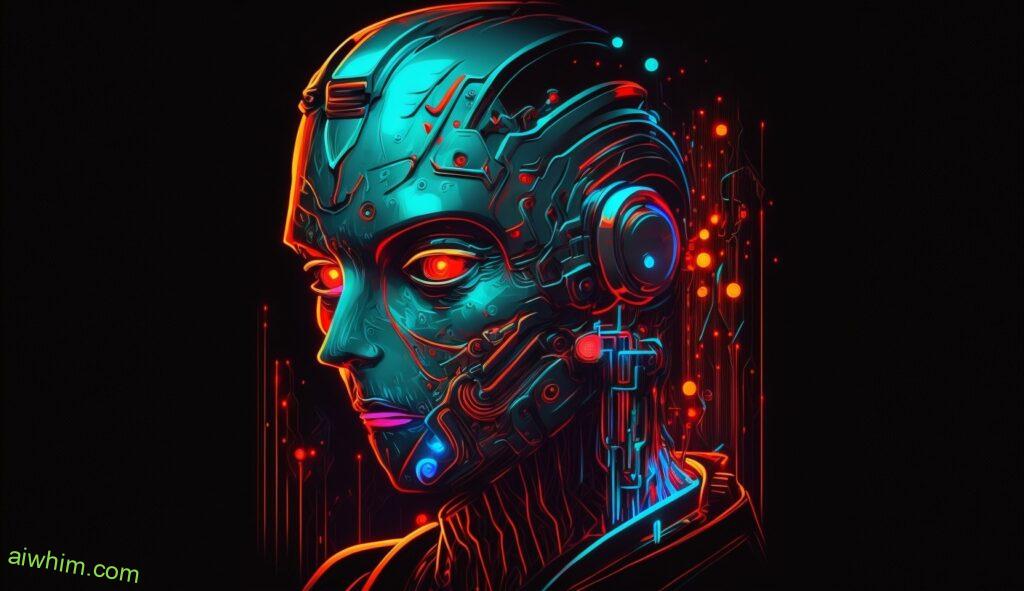
Cost Savings From Automating Data Entry Jobs
Overall, automating data entry jobs through the use of chatbots and AI may result in significant cost savings:
People are no longer needed for mundane tasks that can be done more efficiently by machines. Automation technology allows companies to focus on their core competencies without sacrificing quality or accuracy when inputting large amounts of information.
It’s important to note, however, that although automating data entry roles may lead to fewer job opportunities within an organization, employers should consider other areas where employees can apply their skillsets if they transition from manual work into more specialized positions.
Ultimately, there is potential for cost savings and efficiency gains associated with using chatbot and AI technologies for data entry roles, but decision-makers should take all factors into consideration before making any changes.

Accuracy Of AI And Chatbot Outputs
AI and chatbot outputs are becoming increasingly accurate over time, as AI algorithms become more sophisticated. However, there is still a risk that the data accuracy levels of AI or chatbot output may be lower than those of human input. As such, it’s important to consider the quality of output when using artificial intelligence or chatbots for data entry.
Here are some points to consider when assessing the accuracy of AI and chatbot outputs:
- Data Accuracy: How reliable is the data being entered? Is the output in line with what was expected?
- Accuracy Levels: What level of accuracy do you need from your AI or chatbot output? Are there certain thresholds that must be met before accepting an output?
- Output Quality: Does the output provide high quality results reliably and consistently? Can any errors easily be identified and corrected if needed?
It is clear then that while AI and chatbosts can help automate many processes, due care should be taken to ensure they deliver reliable and accurate outputs. Ultimately, this will depend on knowing your organization’s specific requirements prior to implementation.
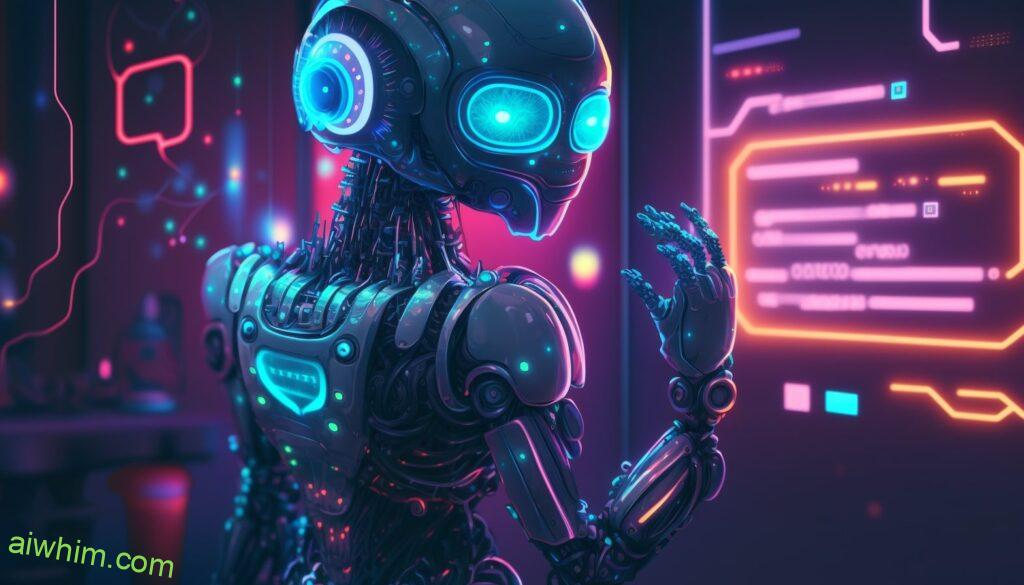
Security Considerations With AI And Chatbot Technology
To wrap up the discussion on accuracy of AI and chatbot outputs, it is important to consider security when implementing these automated systems. While technology can provide great benefits in data entry tasks, there are risks associated with using artificial intelligence (AI) and chatbot technologies that must be addressed.
In order to ensure a safe environment for data entry operations, organizations should review their existing AI and chatbot security measures regularly. This could include assessing how well user authentication protocols work, what kind of information access control rules are in place, or if encryption techniques need updating. Additionally, an organization’s risk management processes should thoroughly analyze any potential vulnerabilities related to the use of automated systems such as AI and chatbots before they are deployed. Companies should also take steps to protect their data from outside attacks by investing in secure servers and firewalls that limit unauthorized access.
The effectiveness of an organization’s technology security ultimately depends on its ability to understand the threats posed by AI and chatbot technologies. By keeping track of emerging trends and best practices regarding security considerations when deploying automated systems like those used for data entry purposes, businesses can help minimize the chances of suffering significant losses due to malicious activity online. In taking proactive measures to mitigate against cyber-attacks, companies can rest assured knowing that their data will remain safe while allowing them to reap the rewards offered by modern automation solutions.

Training Employees To Use New Technologies
As new technologies, such as chatbot and AI become more prevalent in the workplace, it is important to keep up with the changes by providing employees with adequate training. Training should include not only teaching them how to use the technology but also helping them understand its potential impact on their job roles. Automation training can help workers develop an understanding of which tasks are most suitable for automation and those that require a human touch. Additionally, they should be taught about the different types of technology skills needed in order to effectively utilize these tools.
AI training should emphasize both technical know-how and soft skills such as problem solving and critical thinking. This will ensure that employees have a well-rounded skill set so they can successfully operate within this increasingly automated environment. Furthermore, employers may want to consider offering refresher courses on existing technologies or introducing new ones if necessary. By doing so, employees will be able to remain competitive and benefit from the many advantages these advances bring. All in all, investing in employee education regarding emerging technologies is essential for any business looking to stay ahead of the curve.

The Human Element In Data Entry Work
As technology advances, it is important to consider the potential impact of chatbots and AI on manual data entry jobs. Recent studies have shown that nearly 8% of all American workers are employed in some form of data entry role – an impressive statistic since it amounts to approximately 11 million people.
Though replacing certain manual-input tasks with bots or software can increase efficiency and accuracy, there remain many aspects of data entry work that require human input. For example, when dealing with complex datasets or ambiguous information, machines may not be able to detect errors as efficiently as a trained individual. Additionally, recognizing patterns within large volumes of numbers requires a certain level of intuition which only humans possess; this intuition is invaluable for identifying discrepancies in massive collections of data sets. Furthermore, while written algorithms can help automate basic operations like sorting or filing records, they are limited in their ability to recognize mistakes made by individuals entering the data into the system. As such, employing skilled entry clerks who can identify these errors remains critical to ensuring high quality results from any automated process.
Overall then, though automation has certainly impacted the way we approach manual data entry tasks today, having competent professionals working alongside intelligent systems continue to play an essential role in delivering accurate and reliable outputs. Automation should therefore never replace knowledgeable personnel entirely but rather enhance existing processes through collaboration between man and machine.

Quality Control Measures For Automated Systems
The use of automated systems to replace manual data entry can be beneficial in many ways, however quality control measures should still be taken into consideration. Quality control for automated systems is essential for ensuring accurate and secure data processing. Below are some key considerations when implementing quality control measures for automated systems:
- Data Accuracy:
- Proper training of the system by experienced personnel
- Regularly scheduled tests with input from multiple users
- Systematic validation procedures prior to deployment
- Security Protocols:
- Utilizing strong encryption methods and firewalls
- Implementing user identification protocols and access control restrictions
- Establishing regular review processes to check security compliance
Ensuring quality control within automated systems is essential as it helps ensure that all data being entered, stored, or processed is reliable and secure. It also serves to protect against potential errors or malicious attacks while providing a more cost effective solution than manual labor. By following these strategies, businesses can rest assured their data remains safe and accurate without sacrificing productivity.

Re-Skilling Opportunities For Displaced Workers
As the use of chatbots and AI increases, there is a risk that data entry clerks may be displaced from their jobs. However, this does not mean that these workers are without hope for the future. There are many reskilling opportunities available to those who find themselves out of work due to automation. Career transition programs offer job retraining and new skill sets to help them move into other fields or positions in their current field. For example, one could take courses related to coding or other computer-related skills if they were previously employed as a data entry clerk. In addition, initiatives such as “upskilling” may provide workforce development programs tailored specifically to the needs of displaced workers. These can include providing access to updated technology platforms and training on how best to utilize them in order to stay competitive in the ever-evolving labor market. By taking advantage of such offerings, these individuals can gain valuable knowledge and experience necessary to make a successful career transition while still staying up-to-date with current trends in technology and industry standards.

Regulatory Restrictions Related To Automation Technologies
As automation technologies continue to advance, the risk of them replacing humans in many areas continues to increase. Yet, there are still regulatory restrictions related to these technologies that must be considered before making any decisions about their implementation.
What Are Regulatory Restrictions? Regulatory restrictions are laws and regulations set by governing bodies meant to protect citizens from harm or exploitation caused by new technology. In this case, the focus is on ai regulation, chatbot regulation, and data entry regulation. These regulations can be broad ranging, from prohibiting certain types of activities involving personal information all the way up to banning entire industries from using particular forms of automation technology.
The implications for those who may be affected by automation should not go unnoticed as they could potentially lose jobs due to technological advancement beyond their control. While it’s difficult to predict what kind of impact regulations will have on future job markets and opportunities, understanding how current regulations work is important when considering potential changes in the workplace environment.
- Automation-related regulations vary widely based on specific geography and industry sector standards.
- Regulations regarding AI are constantly evolving as governments strive to keep pace with the newest innovations in Artificial Intelligence research & development.
- Companies need to stay aware of changing regulations at both federal and regional levels in order to remain compliant while taking advantage of newer advancements in Automation Technology.

Preparing For The Future Of Data Entry Work
As automation and artificial intelligence (AI) become more commonplace in the workplace, it’s important for data entry clerks to be aware of the potential impacts these technologies could have on their job. While there is no guarantee that a chatbot or AI will replace a person’s job as a data entry clerk, the likelihood of this happening increases with technological advancements. Therefore, data entry workers need to take steps to prepare themselves and ensure they stay employable in an ever-evolving digital landscape.
The first step towards preparing for the future of data entry work is building skills related to automation and AI technology. This includes learning how to program computers, working with existing automated systems, understanding software development principles, and becoming familiar with voice-based user interfaces. Additionally, having experience using popular applications beyond Excel can also help someone gain valuable knowledge needed for success when working alongside robots or AI programs.
Additionally, workforce retraining should be a priority for those interested in staying up-to-date on emerging trends within the industry while maintaining their employment status. Professional organizations like Data Entry World offer courses designed specifically to teach people how to use modern tools and techniques necessary for successful data entry workflows. It’s also beneficial to research government regulations surrounding automation so you’re informed about laws protecting your current position when changes are implemented at work. By doing all this, one can remain competitive despite any disruptions caused by advances in computer technology.

Final Words
As we consider the risks posed by AI and Chatbot technology when it comes to data entry, it’s important to remember that they are just tools. As with any tool, there may be advantages or disadvantages depending on how you use them. In some cases, these new technologies can help reduce costs, improve accuracy and even increase quality control over manual data entry processes. However, in order for such benefits to really be realized, companies must invest time into training their employees so that they understand how to properly utilize these tools.
Just as a carpenter won’t get very far without his hammer and saws, human data entry clerks need their own set of tools too. It is not enough to simply hand them an AI-driven solution and expect them to instantly know what to do with it – instead companies should strive to provide the necessary resources so that workers can learn how best to leverage these digital assistants. After all, like any other profession, being able to stay up-to-date with the latest trends in one’s field is key if you want success long term.
In many ways then, AI and Chatbots represent both an opportunity and a threat when it comes to modern data entry jobs: providing increased efficiency while also potentially threatening existing roles at the same time. Understanding this balance will be essential moving forward as more businesses shift towards automation and seek out cost savings wherever possible – but hopefully not at the expense of worker wellbeing!
Author: Ole Paulson
Author Bio: I’m Ole and on this website, I share everything there is to know about Artificial Intelligence, and useful tips for using AI to our advantage. I have a background in data science and research and have been following the AI-space for years. You can read more about me in the “About” page.






